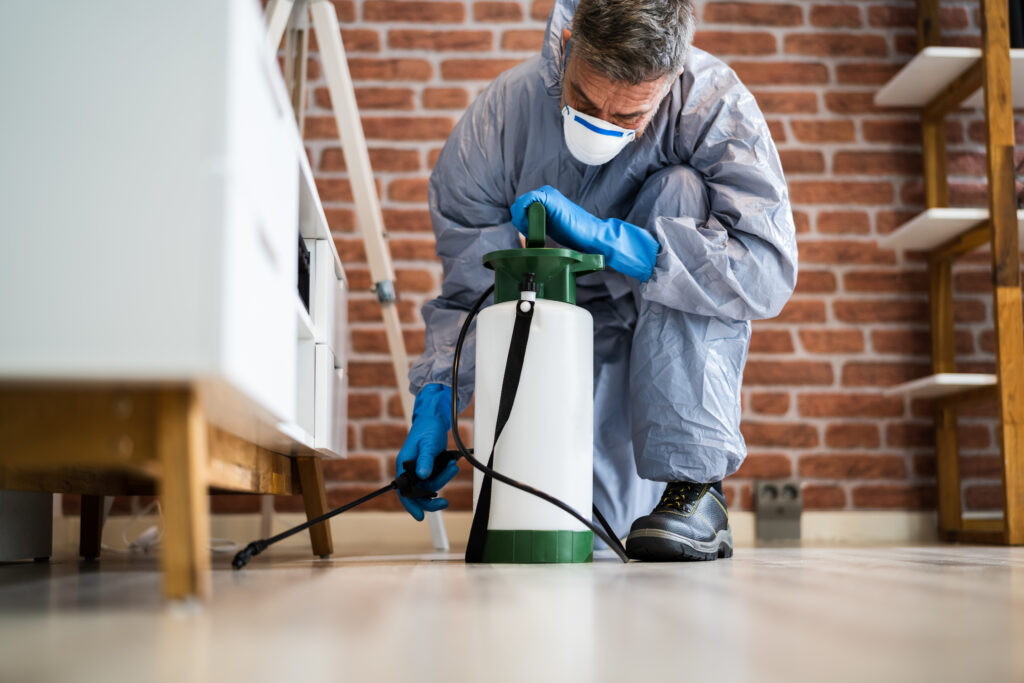Entry-Point Checks, Sealing Tips, and Why Infestations Can Quickly Spiral By Pest Control Xperts
Panama City’s coastal environment, proximity to St. Andrews Bay, and scenic neighbor communities like Panama City Beach and Lynn Haven make it a prime destination for beachgoers and families. Unfortunately, the same warm climate and shoreline attractions that draw residents and tourists also appeal to rats and mice seeking food, water, and shelter. Below, we explore how rodents find their way into homes, provide practical tips on sealing entry points, and explain why a minor rodent issue can become a bigger problem if left unresolved.
1. Why Rodents Thrive in Panama City, Panama City Beach, and Lynn Haven
- Mild Year-Round Climate
- Rats and mice remain active in every season, taking advantage of warm winters.
- Extended breeding periods allow their populations to expand quickly.
- Coastal and Bayfront Settings
- Waterfront regions near St. Andrews Bay or beaches around Panama City Beach supply moisture rodents need.
- Overgrown yards, scattered food scraps, or unsealed trash bins increase the allure.
- Residential Growth and Tourism
- Areas like Lynn Haven continue to develop, creating new neighborhoods that may leave gaps or hidden spaces for rodents to exploit.
- More restaurants and outdoor dining spots in tourist-friendly zones can mean additional food sources for scavenging pests.
2. Entry-Point Checks: How Rats and Mice Slip Indoors
Small cracks, gaps, or openings around a home are common rodent gateways. Routine checks of your property’s exterior can prevent minor sightings from becoming infestations.
- Foundations and Exterior Walls
- Search for cracks, holes, or damage near the ground and where plumbing or wiring enters.
- Even narrow splits in siding can serve as entry points.
- Doors and Windows
- Repair worn weather stripping or door sweeps that leave gaps.
- Confirm window screens fit securely with no visible tears or loose frames.
- Roofs and Soffits
- Missing shingles, warped soffits, or exposed vents can provide climbing rodents easy attic access.
- Check for droppings or shredded insulation in attic corners—often the first signs of a hidden nest.
- Garages and Storage Areas
- A small gap at the base of a garage door may go unnoticed but is ideal for mice.
- Cluttered sheds with cardboard boxes or scattered items can provide secluded nesting spots.
3. Sealing Tips to Keep Rodents Out
Identifying and promptly sealing access points is critical to discouraging rats and mice from settling in.
- Durable Materials
- Fill smaller holes with steel wool or wire mesh, then apply sealant for reinforcement.
- Cover bigger openings with hardware cloth or metal flashing to withstand chewing attempts.
- Improve Door Sweeps
- Even a slight gap under an exterior door can let rodents slip indoors.
- Opt for sweeps designed to seal firmly against thresholds, including garage doors.
- Vegetation Management
- Trim tree limbs, vines, or shrubs that may come into contact with walls or roofs.
- Remove leaf piles or yard debris near foundations to limit potential nesting sites.
- Secure Trash and Food Sources
- Use bins with tight lids, placing them away from doors when possible.
- Avoid leaving pet food outside overnight, as it can lure nocturnal foragers.
4. Why Rodent Infestations Can Quickly Spiral
- Rapid Reproduction
- A single pair of rats or mice can yield multiple litters per year.
- Minor rodent sightings easily escalate into large colonies within weeks if left unchecked.
- Constant Gnawing
- Rodents chew on wires, insulation, and wood, risking electrical hazards or structural weakness.
- Each new hole created expands potential entryways for additional pests.
- Health and Sanitation Risks
- Droppings, urine, and nesting materials can contaminate surfaces, potentially reducing indoor air quality.
- Secondary infestations (like fleas or ticks) may also occur if rodents bring them indoors.
- Concealed Breeding Areas
- Rats and mice often remain hidden behind walls, in attics, or under floors, making detection difficult.
- Homeowners typically discover infestations only after colonies are well-established.
5. Pest Control Xperts Serving Panama City
Pest Control Xperts offers specialized strategies to protect homes across Panama City, Panama City Beach, and Lynn Haven from rodent invasion. We focus on pinpointing entry points, advising on sealing measures, and helping residents develop year-round prevention plans to deter rats and mice before they become overwhelming.
Suggestions for Long-Term Prevention
- Routine Inspections: Check the home’s perimeter, foundation, and roof monthly for new damage or gaps.
- Organized Storage: Store seasonal or seldom-used items in sealed bins rather than cardboard boxes, reducing nesting materials.
- Prompt Repairs: Address leaks, worn screens, or missing shingles promptly to deny rodents easy entry.
Conclusion
Panama City’s natural appeal—from St. Andrews Bay to sandy beaches—draws many to its coastal environment, but it also attracts rats and mice seeking a comfortable habitat. By consistently inspecting for possible entry points, sealing even small gaps, and acting swiftly when warning signs appear, homeowners can prevent minor rodent problems from becoming major infestations. With Pest Control Xperts by your side, you can protect your property and continue enjoying all the benefits of Panama City’s Gulf Coast living—without worrying about unwelcome pests.

